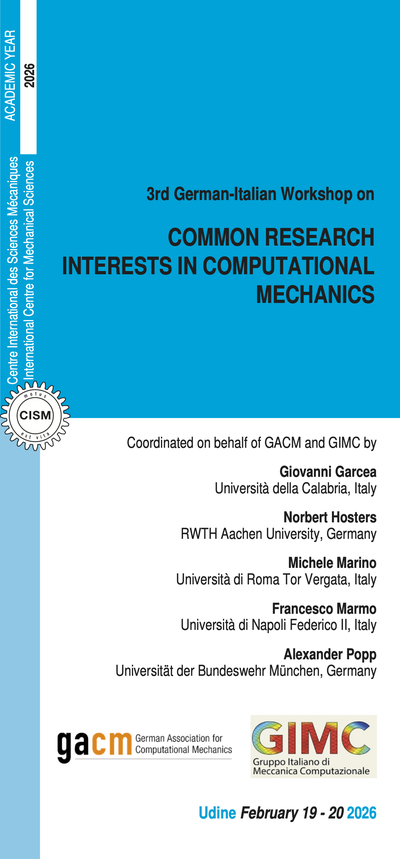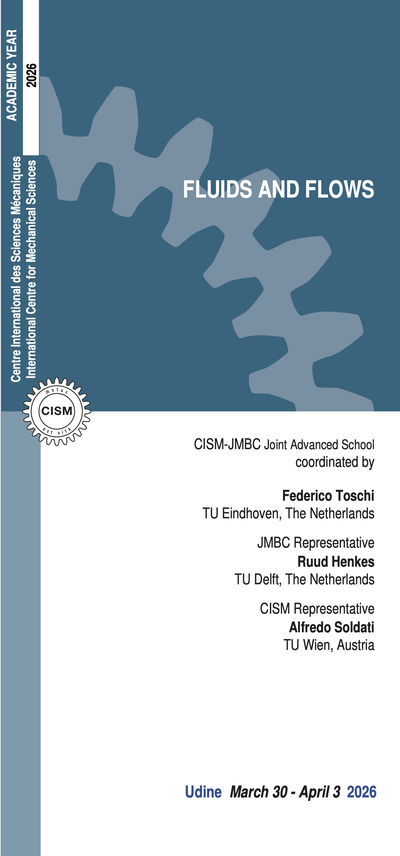Two-phase flows are common in environmental and industrial applications. To name a few examples, dispersion of solid & liquid matter in atmospheric flows (dust, sand, droplets or ice crystals) or marine systems populated by a number of organic & inorganic objects (e.g., plankton, sediments, or microplastics). Two-phase flows are also a matter of concern in industrial systems (e.g., spray dryers, bubble columns, combustion engines) which can involve complex fluids (e.g., containing polymers or colloids) as well as interfacial and free-surface flows.
To address the complexity of these phenomena, models require to combine a range of disciplines such as fluid dynamics (including turbulence or microfluidics), transport of a dispersed phase, surface science, thermodynamics & chemistry (including phase changes), soft matter physics (e.g. predicting materials properties or transport coefficients) or even biology. A specific challenge is that these processes span a wide range of spatial and temporal scales (from nanometers/nanoseconds to kilometers/days).
The aim of this course is to explore multiphysics and multiscale aspects of two-phase flows through particle tracking methods. Whereas handling fields is natural in areas pertaining to continuum mechanics, Lagrangian approaches have been gaining increased attention in past decades. In fact, for dispersed two-phase flows, they allow to treat without approximation key phenomena (like transport or polydispersity) and are flexible enough to include specific models (like thermal noise for fluctuating hydrodynamics). Moreover, they constitute an adequate framework in which models at the mesoscopic and macroscopic levels of description can be naturally coupled, providing a consistent methodology throughout these scales.
The course is organized so as to cover a range of available Lagrangian techniques. This will include lectures on particle tracking measurement principles and methods (e.g., PIV & PTV). On the micro- and mesoscopic levels, lectures on modeling approaches encompass methods used in statistical physics (typically below the hydrodynamic level, such as Dissipative Particle Dynamics (DPD) or Smoothed Dissipative Particle Dynamics (SDPD))for the dynamics of molecules/super-molecules). On the macroscopic level, meshfree and particle methods used in computational fluid dynamics for single- and multi-phase flows will be presented (like Smoothed Particle Hydrodynamics (SPH)). Concerning turbulent particle-laden flows, lectures will cover Direct Numerical Simulations of turbulent flows coupled to detailed DEM tracking approaches, alongside spatially-filtered approaches (Large-Eddy Simulations with sub-scale models for particle dynamics) and all the way up to macroscopic stochastic PDF approaches based on mean-field theories.
Through these various examples, similarities and differences between particle-based descriptions will be highlighted. The lectures will shed light on experimental issues (e.g., uncertainties), modeling issues (how to select key factors in a physical description of a system, how to model unresolved scales), and computational issues (like consistency and compatibility in hybrid approaches).
Minier, J.-P. (2016) “Statistical descriptions of polydisperse turbulent two-phase flows”. Physics Reports, 665, 1-122.
Raffel, M., Willert, C. E., & Kompenhans, J. (1998). Particle image velocimetry: a practical guide (Vol. 2). Springer.
Willneff, J. (2003). “A spatio-temporal matching algorithm for 3D particle tracking velocimetry”, Diss. ETH Zurich.
Shnapp, R. (2022). “MyPTV: A Python Package for 3D Particle Tracking”. Journal of Open Source Software, 7(75), 4398.
Espanol, P., & Warren, P. B. (2017). “Perspective: Dissipative particle dynamics.” Journal of Chemical Physics, 146(15), 150901.
Tryggvason, G. Scardovelli R., & Zaleski, S. (2011). “Direct Numerical Simulations of Gas–Liquid Multiphase Flows”, Cambridge University Press.
Monaghan, J.J. (2012). “Smoothed Particle Hydrodynamics and its diverse applications”. Annual Review of Fluid Mechanics, 44, 323–346.
Shadloo M.S., Oger G., & Le Touzé D. (2016). SPH method for fluid flows, towards industrial applications.
6 lectures on: Overview over numerical approaches for particle-resolving simulations; Euler-Lagrange methods with immersed boundaries for DNS of particle-laden and bubble-laden flows; Sub-scale models for collision, coalescence and breakup; Use of particle-resolving DNS for statistical modeling.
6 lectures on: Introduction to multiscale and multi-physics approaches; Common data model to couple modeling approaches with various levels of description; Hybrid macroscopic approaches for dispersed two-phase flows (mean-field/one-point pdf approaches); Application to environmental and industrial cases (e.g., plastic in rivers, fouling).
5 lectures on: SPH method: theory, positioning with respect to classical CFD methods; Application to free-surface and (some) multiphase flows: physical assumptions, numerical models, examples of application; Coupling to other methods (FV for fluids, FE for fluid-structure interaction).
4 lectures + 2 hands-on sessions on: Overview over the 2D and 3D Lagrangian particle tracking experimental methods from theoretical, computational, and hardware perspectives; Hands-on sessions on two-phase PIV and PTV methods for 2D/3D measurements, using open source software OpenPIV and OpenPTV.
6 lectures on: Introduction to particle-fluid interactions in turbulent flows; Large-Eddy Simulation (LES) with point particles considering sub-scale effects (one-point stochastic and structural-type models); SPH modelling of interfacial flows.
4 lectures on: Microscopic basis of hydrodynamics of two-phase fluids; The Dissipative Particle Dynamics and Smoothed Particle Dynamics models for the simulation of two-phase fluids.
ADMISSION AND ACCOMMODATION
The course is offered in a hybrid format giving the possibility to attend the course also by remote (on Microsoft Teams platform). On-site places are limited and assigned on first come first served basis.
The registration fees are:
On-site participation, 600.00 Euro + VAT*
This fee includes a complimentary bag, five fixed menu buffet lunches, hot beverages, downloadable lecture notes.
Deadline for on-site application is August 11, 2023.
Online participation, 250.00 Euro + VAT*
This fee includes downloadable lecture notes.
Deadline for online application is August 30, 2023.
Application forms should be sent on-line through the following web site: http://www.cism.it
A message of confirmation will be sent to accepted participants.
Upon request a limited number of on-site participants can be accommodated at CISM Guest House at the price of 35 Euro per person/night (mail to: foresteria@cism.it).
* where applicable (bank charges are not included) Italian VAT is 22%.
CANCELLATION POLICY
Applicants may cancel their registration and receive a full refund by notifying CISM Secretariat in writing (by email) no later than:
- August 11, 2023 for on-site participants (no refund after the deadline);
- August 30, 2023 for online participants (no refund after the deadline).
Cancellation requests received before these deadlines will be charged a 50.00 Euro handling fee. Incorrect payments are subject to Euro 50,00 handling fee.
GRANTS
A limited number of participants from universities and research centres who are not supported by their own institutions can request the waiver of the registration fee and/or free lodging.
Requests should be sent to CISM Secretariat by July 11, 2023 along with the applicant's curriculum and a letter of recommendation by the head of the department or a supervisor confirming that the institute cannot provide funding. Preference will be given to applicants from countries that sponsor CISM.





